Cavitation In Orifice Plate CFD Simulation, ANSYS Fluent Training
Cavitation In Orifice Plate CFD Simulation, ANSYS Fluent Training
- Upon ordering this product, you will be provided with a geometry file, a mesh file, and an in-depth Training Video that offers a step-by-step training on the simulation process.
- For any more inquiries regarding the product, please do not hesitate to reach out to us at info@CFDLAND.com or through our online support assistant.
€145 Original price was: €145.€115Current price is: €115.
This report presents a detailed computational fluid dynamics (CFD) analysis of cavitation in a sharp-edged orifice plate using ANSYS Fluent. Orifice plates are widely used in flow measurement, flow restriction, and pressure regulation in various industrial applications including oil and gas, chemical processing, and water distribution systems. When fluid passes through the flow restriction of an orifice, local pressure drops can fall below the fluid’s vapor pressure, causing cavitation – the formation and collapse of vapor bubbles that can lead to serious erosion damage, vibration, noise, and reduced component lifespan. These bubbles burst violently as they go downstream and come into contact with greater pressures, sending shock waves that might seriously harm the orifice plate and nearby pipes. The present CFD study is conducted based on the reference paper “ Energy dissipation characteristics of sharp-edged orifice plate “.
- Reference [1]: Wanzheng, Ai. “Energy dissipation characteristics of sharp-edged orifice plate.” Advances in Mechanical Engineering8 (2015): 1687814015595571.

Figure 1- Flow through a sharp-edged orifice plate
Simulation Process
The symmetric configuration of the orifice plate allows for using Axisymmetric method. It can beneficially decrease the computation cost. The production of a structured grid is another feature. It goes without saying that the Mixture multiphase model is needed to simulate vapor bubbles produced due to cavitation. This transmission is defined by a Mass Transfer mechanism based on the Schnerr-Sauer submodel.
Post-processing
The velocity contour in Figure 2 clearly shows the dramatic flow acceleration through the orifice restriction. At the inlet (left side), flow moves at relatively low speeds (3-5 m/s, blue region). As the fluid approaches the orifice, it rapidly accelerates to peak velocities of 30-35 m/s (deep red) at the sharp-edged opening. This sudden acceleration creates a high-velocity jet that persists well downstream of the orifice. The jet maintains speeds above 25 m/s (orange-red colors) for several diameters downstream before gradually spreading and slowing. Between this high-speed jet and the pipe walls, we observe significant flow separation regions where velocity drops substantially (blue-green areas). This velocity distribution creates strong shear layers at the jet boundaries, contributing to turbulence and pressure fluctuations. The extreme velocity gradient at the orifice edge (from blue to red within a tiny distance) indicates enormous stress on the fluid, making this precise location the most likely site for cavitation inception.
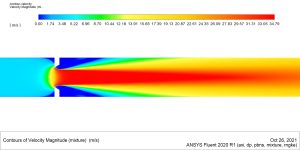
Figure 2: Flow acceleration as it moves through the orifice
The vapor volume fraction contour in Figure 3 confirms exactly where cavitation occurs in the system. The liquid phase remains intact throughout the upstream section and at the orifice entrance. Immediately downstream of the orifice, we see an abrupt transition to nearly pure vapor forming along the boundary of the jet. This vapor formation occurs precisely where the pressure drops below the fluid’s vapor pressure due to the sudden expansion and flow separation. The vapor region forms a thin, nearly continuous sheet that extends approximately 2-3 orifice diameters downstream before gradually dissipating (transitioning from red through yellow to green). As the jet expands and pressure recovers downstream, these vapor bubbles collapse back to liquid. This collapse zone (where colors transition from red/orange back to blue) is particularly concerning from an engineering perspective, as the violent implosion of vapor bubbles creates micro-jets and pressure waves that can erode metal surfaces. The simulation successfully captures this complete cavitation lifecycle – formation at low-pressure regions and collapse during pressure recovery.
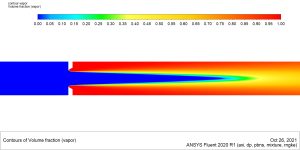
Figure 3: Cavitation happens depicted by vapor volume fraction contour
We pride ourselves on presenting unique products at CFDLAND. We stand out for our scientific rigor and validity. Our products are not based on guesswork or theoretical assumptions like many others. Instead, most of our products are validated using experimental or numerical data from valued scientific journals. Even if direct validation isn’t possible, we build our models and assumptions on the latest research, typically using reference articles to approximate reality.
Yes, we’ll be here . If you have trouble loading files, having technical problems, or have any questions about how to use our products, our technical support team is here to help.
You can load geometry and mesh files, as well as case and data files, using any version of ANSYS Fluent.
€310 Original price was: €310.€175Current price is: €175.

€190 Original price was: €190.€165Current price is: €165.

€175 Original price was: €175.€125Current price is: €125.

€155 Original price was: €155.€99Current price is: €99.

€190 Original price was: €190.€145Current price is: €145.

€245 Original price was: €245.€199Current price is: €199.
















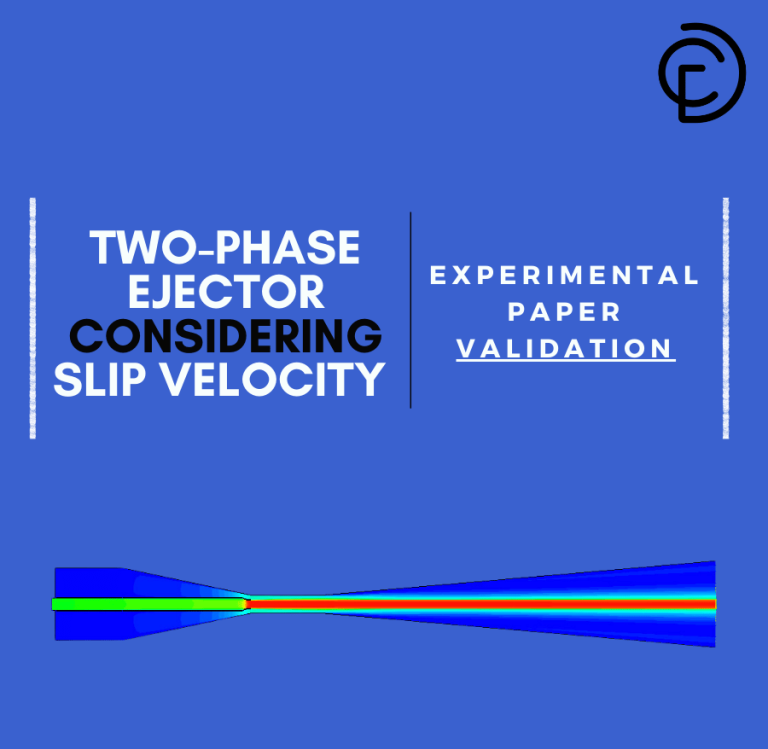
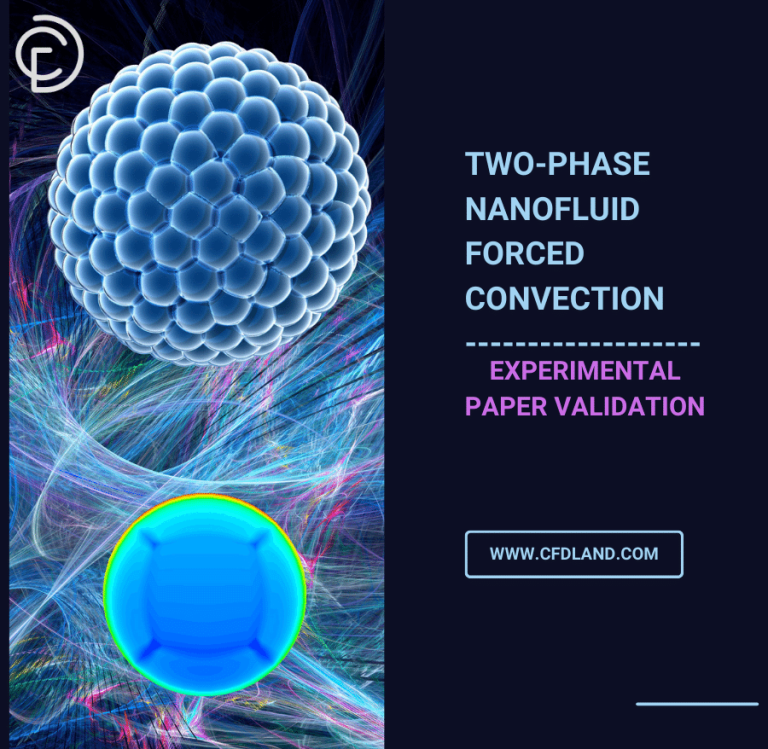
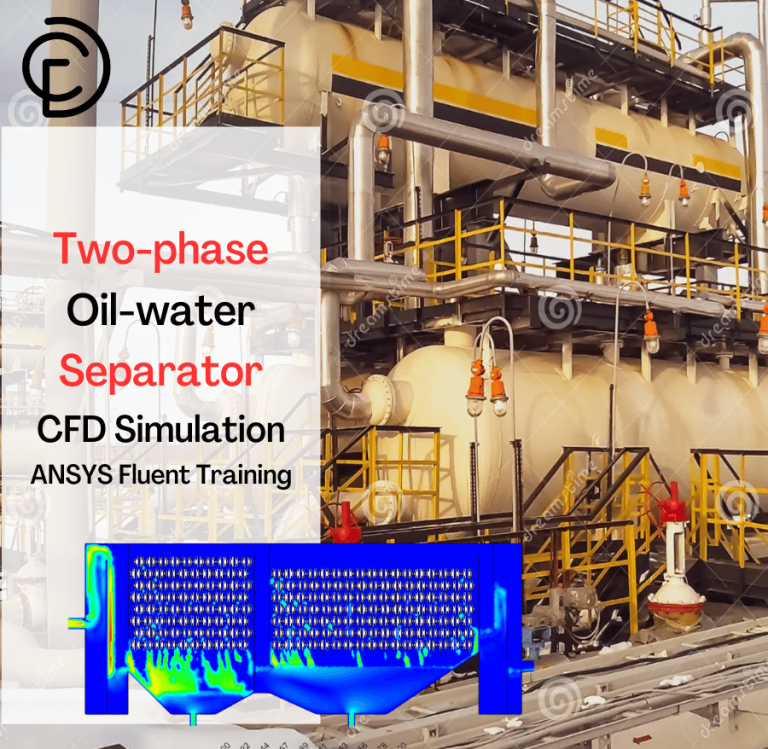
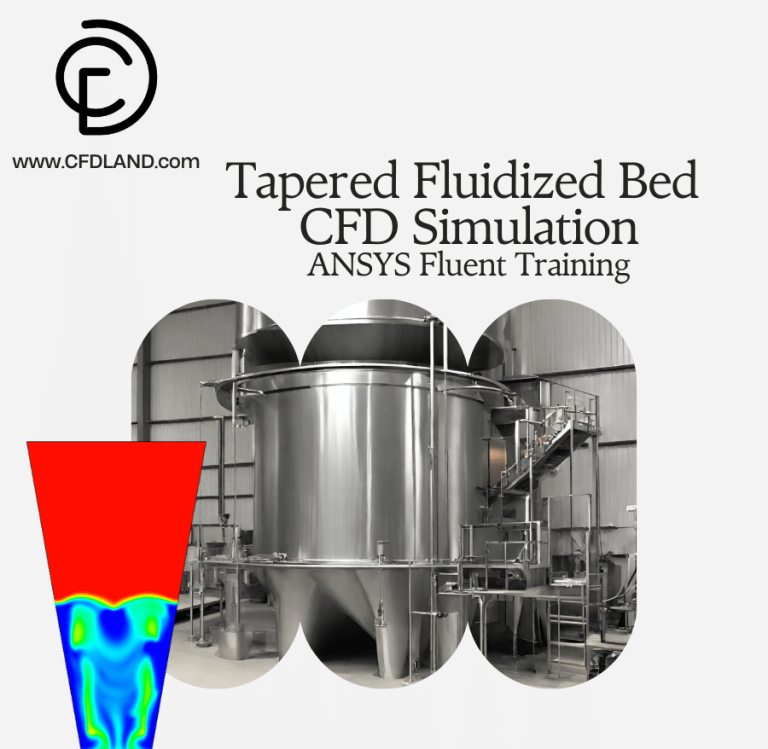
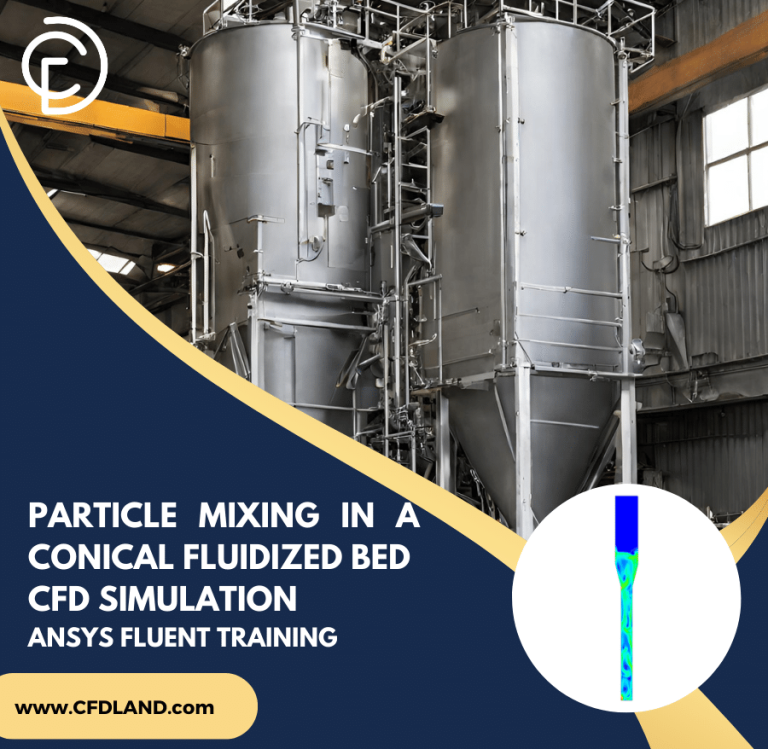
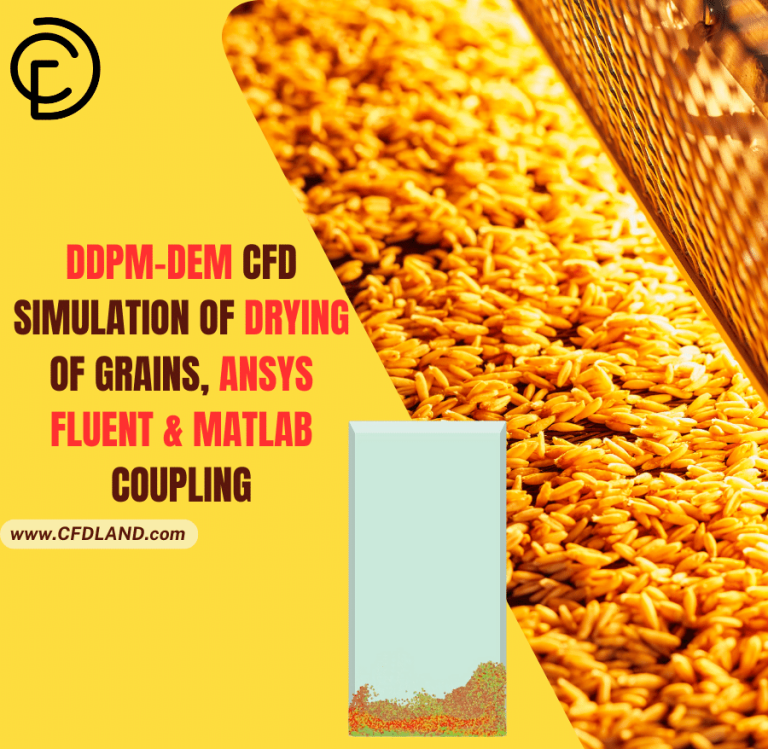
Reviews
There are no reviews yet.